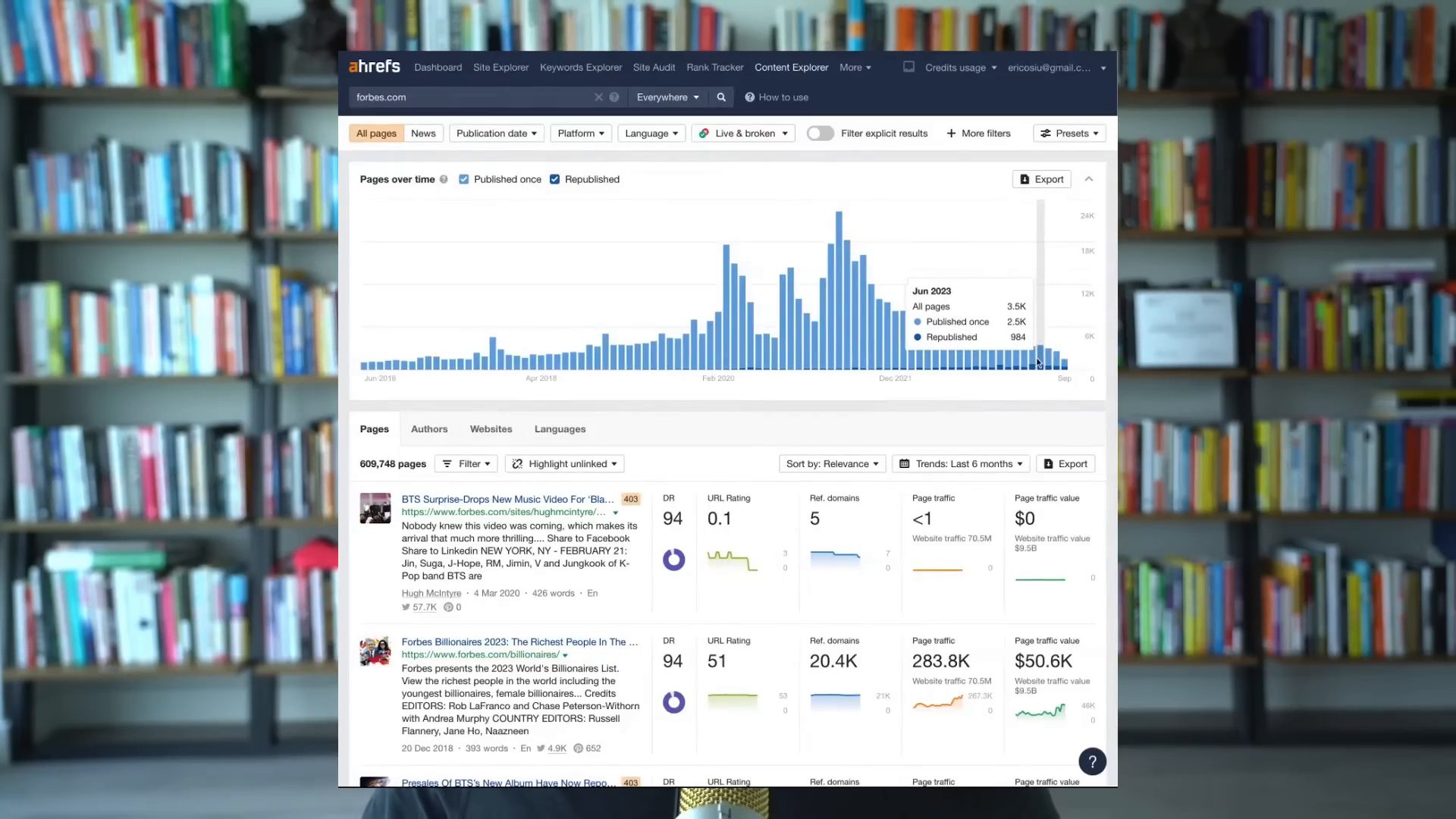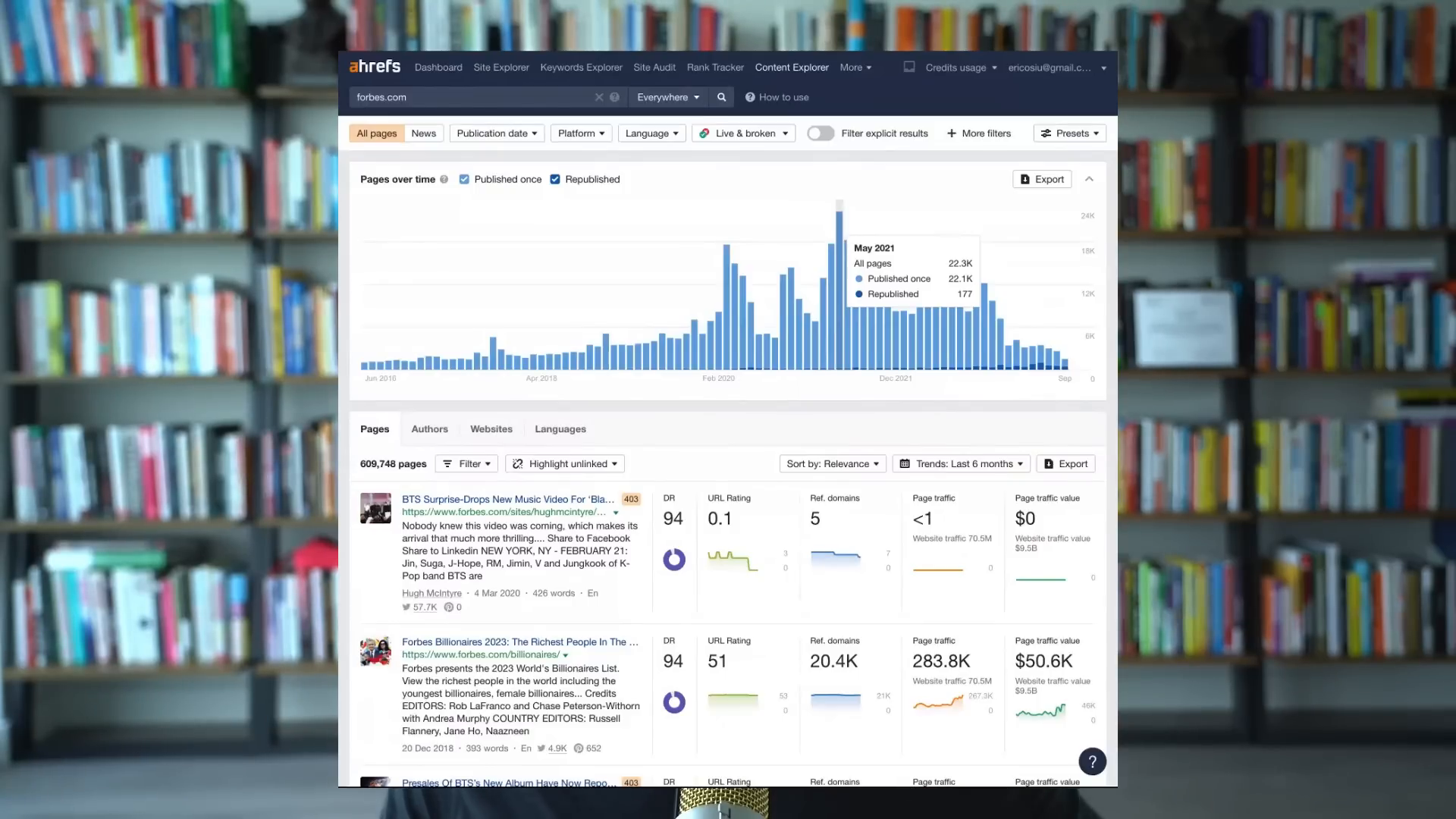Maintaining a successful online presence requires more than just creating content and hitting the publish button. Regularly updating your content is vital for keeping your audience engaged, improving search engine rankings, and ensuring that your information stays relevant. Here are ten essential tips to help you determine how often you should update your content.
1. Understand the Importance of Fresh Content
Fresh content is crucial for attracting and retaining visitors. When users search for information, they prefer seeing the most current results. For example, a recent study indicates that Wikipedia ranks highly because it continually updates its content. As a result, it is essential to prioritize updating existing content.
2. Shift Your Focus from Creating to Updating
Many marketers fall into the trap of focusing solely on creating new content. However, an effective strategy involves balancing new content creation with updating existing pieces. For instance, instead of writing ten blog posts a day, consider producing one high-quality post and updating several older posts.
3. Analyze Your Traffic Data
Utilizing tools like Google Search Console can provide valuable insights into your content’s performance. By comparing your articles’ traffic over different time periods, you can identify which pieces need updating. Look for content that has seen a decline in traffic over the past three months or a year.
4. Determine the Ideal Update Frequency
There is no universal answer to how often you should update content. Experimentation is key. Some articles may need updates monthly, while others might only require updates once a year. Tracking performance metrics will help you find the right frequency for your specific content.
5. Focus on Content Decay Rates
Different types of content decay at varying rates. For example, statistics and time-sensitive information can become outdated quickly, while evergreen content may stay relevant for longer. Understanding the decay rates of your content can help you schedule updates more effectively.
6. Listen to Your Audience
Your audience’s feedback can guide your update schedule. If users leave comments or questions about specific content, take that as a cue to update or clarify that information. Engaging with your audience demonstrates that you value their opinions and are committed to providing accurate information.

7. Create a Content Calendar
Developing a content calendar can help streamline the update process. Outline when you plan to revisit and update specific pieces of content. This approach ensures that you don’t overlook any critical assets and keeps your overall content strategy organized.
8. Prioritize Quality Over Quantity
While regular updates are essential, the quality of your content is even more important. It’s better to produce fewer, well-researched updates than to rush and create lower-quality content. Prioritize creating valuable updates that meet your audience’s needs.
9. Learn from Competitors
Observing your competitors’ content strategies can provide insights into effective update schedules. For example, Forbes has shifted its focus from creating new content to updating existing articles. By understanding what works for others in your industry, you can refine your own strategy.

10. Regularly Reassess Your Strategy
The digital landscape is constantly evolving, and so should your content strategy. Regularly reassess your update schedule based on performance metrics, audience feedback, and industry trends. This adaptability will help you maintain a competitive edge in your niche.
In conclusion, finding the perfect content update schedule is not a one-size-fits-all solution. By understanding the importance of fresh content, analyzing your traffic data, and prioritizing quality, you can create a successful content strategy that keeps your audience engaged and improves your search engine rankings. Regularly reassess your approach to ensure your digital presence remains fresh, relevant, and competitive.
